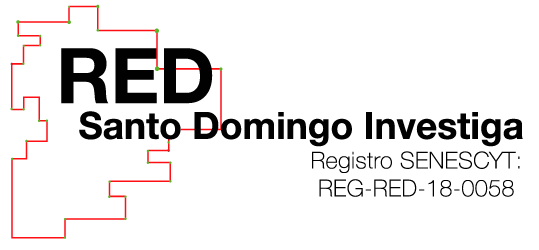EFECTOS AMBIENTALES PRODUCIDOS EN LA OPERACIÓN DEL RELLENO SANITARIO DEL CANTÓN SANTO DOMINGO, RESPECTO A LO DECLARADO EN EL PLAN DE MANEJO AMBIENTAL
ENVIRONMENTAL EFFECTS PRODUCED IN THE SANTO DOMINGO SANCTUARY FILLING OPERATION, WITH RESPECT TO THE DECLARED IN THE ENVIRONMENTAL MANAGEMENT PLAN
Anabel Cuenca Tinoco
Esta dirección de correo electrónico está protegida contra spambots. Necesita activar JavaScript para visualizarla.
Instituto Tecnológico Superior Calazacón
José Luis Cedeño
Esta dirección de correo electrónico está protegida contra spambots. Necesita activar JavaScript para visualizarla.
Universidad UTE
Karina Cuenca
Esta dirección de correo electrónico está protegida contra spambots. Necesita activar JavaScript para visualizarla.
Universidad UTE
Resumen
La presente investigación analiza los efectos ambientales producidos en la operación del relleno sanitario respecto a lo declarado en el plan de manejo ambiental, verificando los resultados de la gestión integral de residuos sólidos, para dar soporte a la mejora continua de los procedimientos de la gestión y aplicación de un Plan de Acción, cuyas medidas de carácter preventivo y correctivo ayudarán a mejorar sus procesos. La investigación recorrió el complejo ambiental para conocer las áreas de trabajo y los procesos de clasificación, reciclaje y disposición final de los residuos sólidos; de esta manera identificar las afectaciones a los recursos naturales. Para la elaboración de la investigación se contó con la colaboración tanto de directivos como facilitadores que administran el relleno sanitario, se realizó visitas a campo, se analizó el estudio de impacto ambiental y se verificó el plan de manejo ambiental. Las afectaciones al recurso suelo se relacionan con la contaminación del suelo por Cadmio y suelo agrietado, encharcamiento y afloramiento de lixiviados producto del derrame de la piscina de lixiviados; el agua se ve afectada por las descargas de la PTAR con pH elevado; en el recurso aire se destaca la presencia de malos olores y la ausencia de monitoreo a las chimeneas. Las afectaciones a la flora vinculadas al derrame de lixiviados donde se observa la vegetación muerta, no se evidencia pérdidas de especies por la actividad, en la fauna se destaca la gran cantidad de gallinazos en las celdas por la gran cantidad de materia orgánica en descomposición. En cuanto al cumplimiento del PMA se evidenció que un 76,7%cumple, 14,6% fueron no conformidades menores, 8% no aplica y 0,7 fueron observaciones. La investigación presenta un Plan de Acción, siendo lo más relevante la rehabilitación de los recursos afectados.
Palabras Clave: Relleno sanitario, afectaciones, plan de manejo ambiental, plan de acción y hallazgos.
Abstract
The present investigation analyzes the environmental effects produced in the operation of the sanitary landfill with respect to what was declared in the environmental management plan, verifying the results of the solid waste integral management, to support the continuous improvement of the management procedures and application of an Action Plan, whose preventive and corrective measures will help improve its processes. The research went through the environmental complex to know the work areas and the processes of classification, recycling and final disposal of solid waste; in this way identify the effects on natural resources. For the elaboration of the research, we had the collaboration of both managers and facilitators who manage the sanitary landfill, made field visits, analyzed the environmental impact study and verified the environmental management plan. The effects on the soil resource are related to the contamination of the soil by Cadmium and cracked soil, ponding and outcrop of leachate caused by the spillage of the leached pool; the water is affected by the discharges of the WWTP with high pH; In the air resource, the presence of bad odors and the absence of monitoring of chimneys are highlighted. The affectations to the flora linked to the leachate spill where the dead vegetation is observed, there is no evidence of species losses due to the activity, in the fauna the great number of gallinazos in the cells is highlighted by the large amount of decomposing organic matter. In terms of compliance with the EMP, it was evident that 76.7% met, 14.6% were minor nonconformities, 8% did not apply and 0.7 were observations. The research presents a Plan of Action, the most relevant being the rehabilitation of the affected resources.
Key Words: Landfill, affectations, environmental management plan, action plan and findings.














